The Team

Alexander J. Evans
Brown University – Department of Earth, Environmental and Planetary Science
Principal Investigator. Will lead the LunaSCOPE team as Principal Investigator and will work to integrate all aspects of team activities across the larger SSERVI. Will conduct thermochemical interior evolution including investigations related to consequences of magma oceans, core dynamos, magmatism and volcanism, effects of volatiles, and analyses of gravity and topography data.

John F. Mustard
Brown University – Department of Earth, Environmental and Planetary Science
Deputy Principal Investigator. Will provide high level assistance to the Principal Investigator Alex Evans in the leadership of the LunaSCOPE team and will work to integrate aspects of team activities across the larger SSERVI, stepping in for the PI as needed.

Stephen Parman
Brown University – Department of Earth, Environmental and Planetary Science
Deputy Principal Investigator. Will assist PI Evans in leading the LunaSCOPE team. Will work to integrate aspects of team activities across the larger SSERVI. Will conduct high-temperature and high-pressure experiments to investigate igneous processes on the Moon. Also will synthesize necessary materials for spectral and magnetic studies.
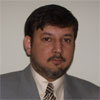
Santanu Banerjee
Tougaloo College – Department of Chemistry and Physics
Co-Investigator; Expert in fundamental physics, electromagnetism, teaching at HBCUs, physical and natural sciences.
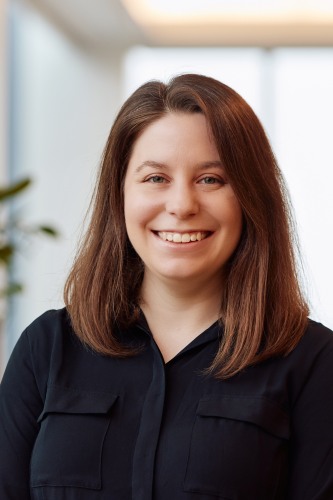
Karianne J. Bergen
Brown University – Data Science Initiative
Co-Investigator; Data Science and Machine Learning.
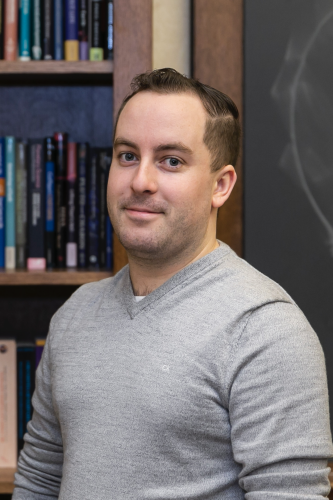
Samuel P.D. Birch
Brown University – Department of Earth, Environmental and Planetary Science
Co-Investigator; Birch will use his experience studying the landscapes of icy worlds across the solar system. He and his group have developed numerous numerical tools and methods to understand how volatile-regolith interactions shape the landscapes of comets and icy moons. Such physics-based tools are readily adaptable for different worlds with different planetary conditions, and will be of particular use when studying volatile-regolith interactions on the Moon and how ice and regolith may be mixed both on the surface and with depth.

Charles-Edouard Boukaré
Rutgers University – Department of Earth and Planetary Science
Co-Investigator; Fate and Consequences of the Lunar Magma Ocean (LMO)
• Dynamics and chemistry of crystal – melt separation
• Evolution and Fate of LMO cumulates
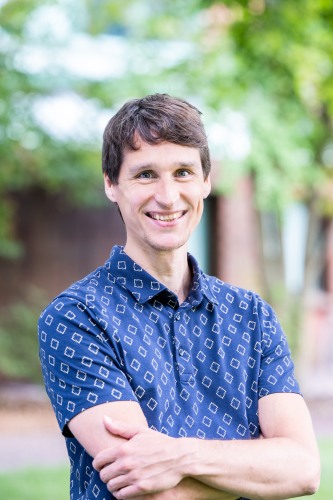
Gerrit Budde
Brown University – Department of Earth, Environmental and Planetary Science
Co-Investigator; Isotope composition measurements.

Reid F. Cooper
Brown University – Department of Earth, Environmental and Planetary Science
Co-Investigator; rheology of rocks, minerals, magmas; reaction thermodynamics and kinetics; weathering; nanoscopic materials analysis.
Emily H. G. Cooperdock
Brown University – Department of Earth, Environmental and Planetary Science
Co-Investigator; IDEA Committee.
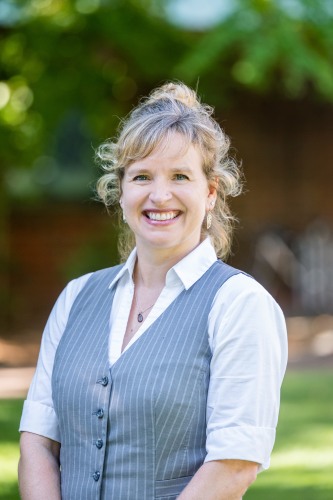
Ingrid J. Daubar
Brown University – Department of Earth, Environmental and Planetary Science
Co-Investigator; Leading Public Engagement efforts. Contributing to scientific analyses in Task 4.5, Formation, Evolution, and Character of Regolith; specifically will be examining selected candidate Artemis landing site regions using crater statistics and remote sensing data in order to compare to CTEM model outputs.

Kerri L. Donaldson Hanna
University of Central Florida – Department of Physics
Co-Investigator; Donaldson Hanna will contribute to the Regolith & Impacts and Rover Traverse
Planning Science Areas of the proposed investigation.
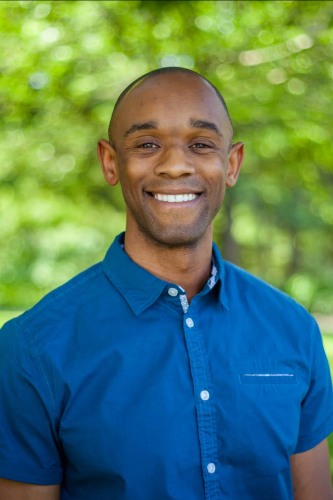
James W. Dottin III
Brown University – Department of Earth, Environmental and Planetary Science
Co-Investigator; S isotope measurements of lunar materials and experiments.

Caleb I. Fassett
Johns Hopkins University – Applied Physics Laboratory
Co-Investigator; Lunar surface processes, chronology, cratering, and regolith evolution.
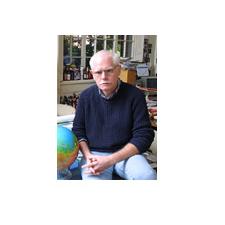
James W. Head III
Brown University – Department of Earth, Environmental and Planetary Science
Co-Investigator; Volcanism & Secondary Crust Formation; Prospective Landing site analyses; Geological
and remote-sensing information for human and robotic exploration planning.

Takahiro Hiroi
Brown University – Department of Earth, Environmental and Planetary Science
Co-Investigator; Main contributions include laboratory spectrophotometric analyses of lunar samples and studying lunar and asteroidal space weathering.
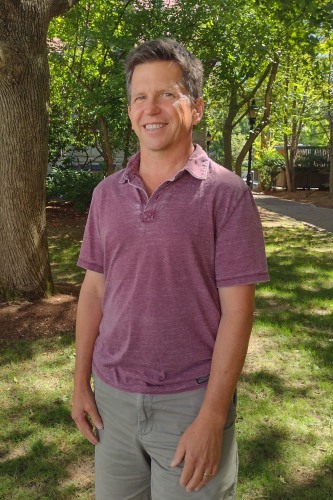
Greg Hirth
Brown University – Department of Earth, Environmental and Planetary Science
Co-Investigator; Expertise in lunar rheology.
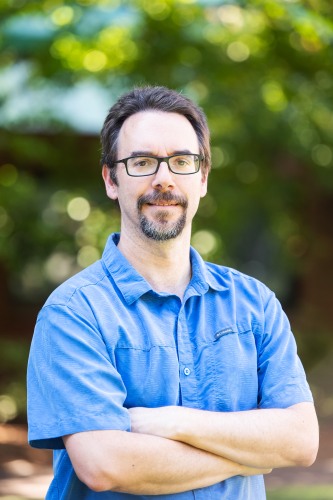
Christian Huber
Brown University – Department of Earth, Environmental and Planetary Science
Co-Investigator; Magma ocean dynamics, secondary crust formation, magmatism.
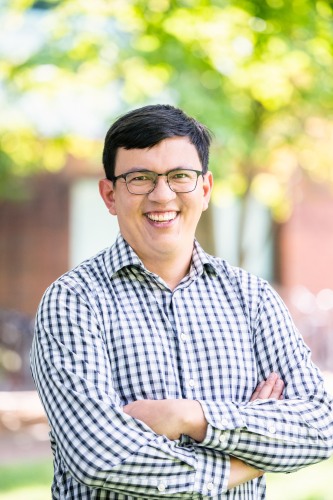
Daniel Enrique Ibarra
Brown University – Department of Earth, Environmental and Planetary Science
Co-Investigator; IDEA Lead.
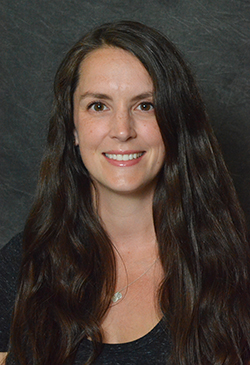
Alexandria V. Johnson
Purdue University – Department of Earth, Atmospheric, and Planetary Science
Co-Investigator; As a part of the Origin, Evolution, and Accessibility of Volatiles team the Johnson Cloud Lab will explore cloud formation in the transient Lunar atmosphere proposed to have formed through volcanic outgassing. Laboratory studies will be conducted on the nucleation properties of volatiles onto Lunar regolith simulants (such as JSC-1A Lunar and Exolith LMS-1D) to understand when, where, and by what mechanisms clouds could have formed in this atmosphere. To compliment this work, equilibrium chemistry models will be used to explore the chemical make-up of the atmosphere as a way to pinpoint the volatile species that could play a role in cloud formation. These findings will then be used to assess the ability of the Lunar atmosphere to transport and deposit volatiles (such as water) to various regions.

Brandon C. Johnson
Purdue University – Department of Earth, Atmospheric, and Planetary Science
Co-Investigator; Regolith Formation and Evolution in a Dynamic Solar System Environment,
Volcanism and Secondary Crust Formation, Regolith Character/Evolution and Space Weathering.
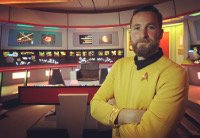
James Tuttle Keane
NASA Jet Propulsion Laboratory / California Institute of Technology
Co-Investigator; Lead for rotational evolution tasks, and contributor to the IDEA Advisory Group.
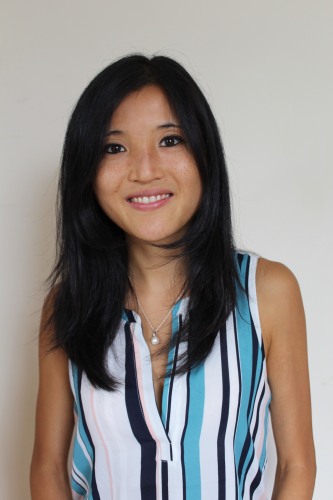
Harriet C.P. Lau
Brown University – Department of Earth, Environmental and Planetary Science
Co-Investigator; Will lead the tidal dissipation and orbital dynamics calculations.

Yan Liang
Brown University – Department of Earth, Environmental and Planetary Science
Co-Investigator; Will contribute to thermochemical evolution and magmatic processes.
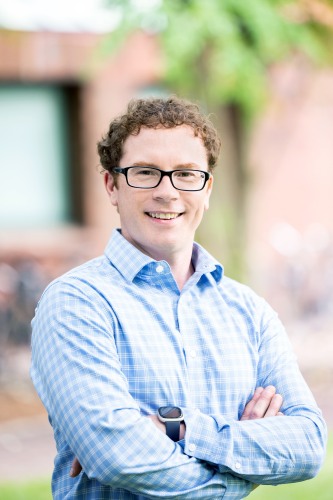
Ralph E. Milliken
Brown University – Department of Earth, Environmental and Planetary Science
Co-Investigator; Expertise in analysis of planetary surface compositions and spectroscopy.

David A. Minton
Purdue University – Department of Earth, Atmospheric, and Planetary Science
Co-Investigator, Impact processes and regolith evolution.
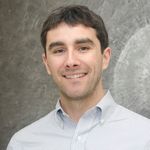
Daniel P. Moriarty III
University of Maryland / NASA Goddard Space Flight Center
Co-Investigator, providing integrated remote sensing data analyses and science context.
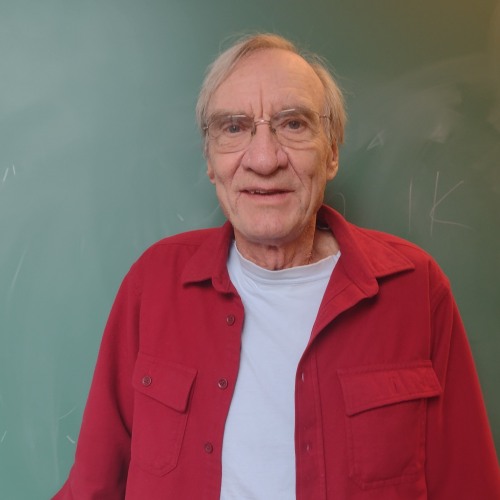
E.M. Parmentier
Brown University – Department of Earth, Environmental and Planetary Science
Co-Investigator; conduct research and mentor student research in Lunar evolution.

Andrea Rajšić
Brown University – Department of Earth, Environmental and Planetary Science
Postdoctoral Fellow
Andrea Rajšić’s primary focus lies in studying impact craters and the cratering process. As a LunaSCOPE fellow, Andrea will utilize crater mapping and numerical impact modeling (iSALE-2D shock physics code), to understand regolith production through impact cratering and the implications of regolith properties on the morphology of simple craters.
Before joining Brown University, she was a postdoctoral research associate at Purdue University, where her research focused on comprehending rock weakening processes during impact crater formation on both Earth and the Moon. Andrea earned her Ph.D. in Planetary Science from Curtin University in Western Australia.

Alberto E. Saal
Brown University – Department of Earth, Environmental and Planetary Science
Co-Investigator. Origin, evolution, and accessibility of high and moderately volatile elements and their isotopes, their influence on the formation and evolution of the Moon and their behavior during magmatic processes.

Jason M. Soderblom
Massachusetts Institute of Technology – Department of Earth, Atmospheric and Planetary Science
Co-Investigator. Investigating the historic and present-day properties of the lunar crustal (e.g., thickness, porosity, temperature) via analysis of the impacts recorded in the lunar gravity field.
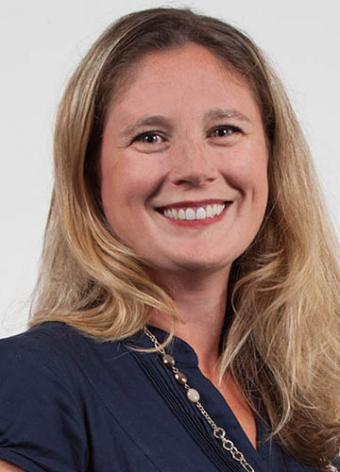
Carrie E. Spearin
Brown University – Department of Sociology
Co-Investigator, External Program Evaluator.

Kevin M. Stacey
Brown University – Department of Earth, Environmental and Planetary Sciences
Program Manager, LunaSCOPE

Sonia M. Tikoo
Stanford University – Department of Geophysics
Co-Investigator, Planetary Magnetism.

James Tompkin
Brown University – Department of Computer Science
Co-Investigator. Responsible for advising on methodology for computer vision, particularly for image analysis from remote sensing and for 3D measurement via multi-view imagery.
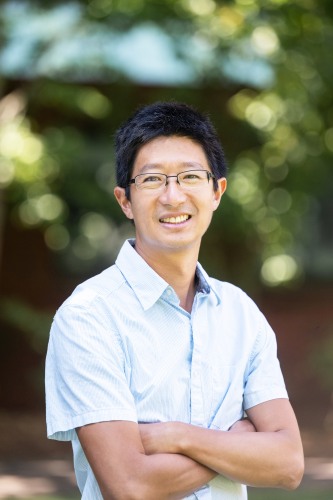
Victor C. Tsai
Brown University – Department of Earth, Environmental and Planetary Science
Co-Investigator. Moonquake stress analysis.
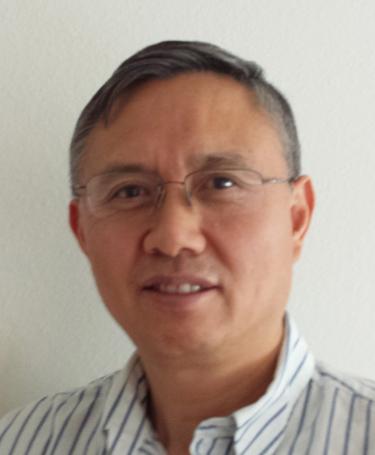
Shilie Zhong
University of Colorado – Department of Physics
Co-Investigator who will contribute to the investigation of dynamics of lunar lithosphere and mantle, lunar gravity, and tidal deformation.